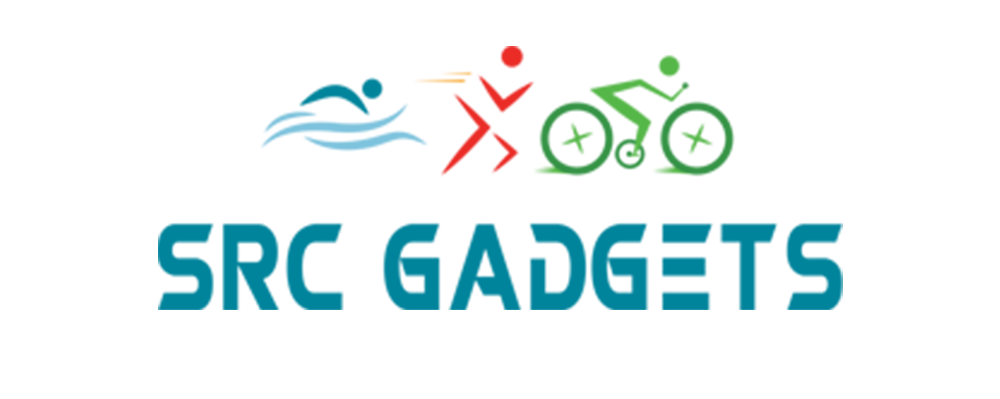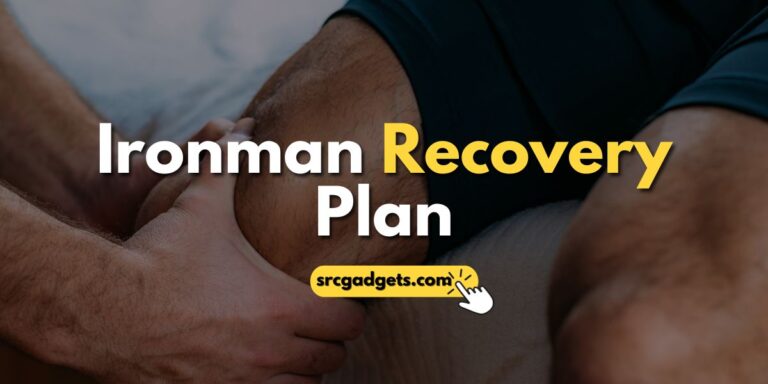How to improve swimming endurance for beginners
Swimming is a fantastic way to stay fit and healthy, but for beginners, building endurance can be a real challenge. A swimmer’s endurance refers to being able to swim for an extended period without feeling tired or slowing down.
It boosts your cardiovascular fitness, skyrockets your confidence, and turns your swim sessions into pure fun. But how do you go from being a beginner to having top-notch swimming endurance?
In this article, I am going to walk you through it using simple, proven methods. Learn how to maintain your body position and stroke efficiently, how to train for increased strength and stamina, how to pick the right equipment for your sport, and how to fuel your body with the right nutrition.
Plus, I’ll help you tackle common challenges like breathing, patience, and consistency. By following this guide, you’ll be swimming longer and faster than you ever thought possible.
Importance of Swimming Endurance
Let’s kick things off by talking about why swimming endurance is such a big deal, especially for beginners.
1. Cardiovascular Fitness and Swimming
Swimming isn’t just a leisurely activity; it’s a fantastic way to improve your cardiovascular fitness. It’s like a gentle workout for your heart and lungs without putting stress on your joints. So, each stroke you take not only builds your stamina in the pool but also enhances your overall health. This is especially motivating for beginners.
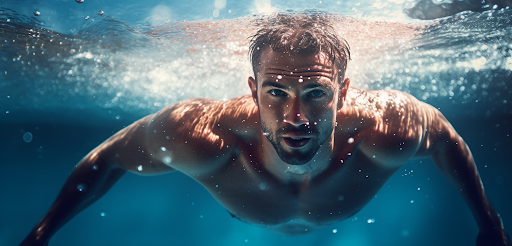
Knowing that every lap contributes to a healthier heart and stronger lungs can make your swim sessions feel way more rewarding. Plus, the improved cardiovascular fitness you gain from swimming can spill over into better performance in other sports and activities.
2. Confidence and Enjoyment
But building endurance isn’t just about physical benefits; it’s about mental ones , too. When you can swim longer distances with ease, your confidence skyrockets. You’ll eagerly look forward to your swim workouts, knowing you can conquer them without feeling exhausted halfway through.
Picture yourself gliding through the water with a sense of accomplishment, cherishing every stroke. That’s what improved endurance offers it transforms swimming from a tiresome task into a joyful experience.
Fundamental Techniques for Building Endurance
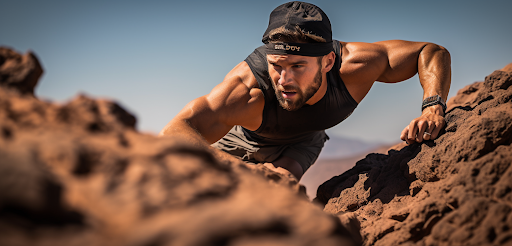
Now that you’re aware of why swimming endurance matters, take a look at the basics that beginners need to know to build it effectively.
1. Proper Body Position
First off, keep the right body position in the water. It might sound technical, but it’s the foundation of efficient swimming. When your body is correctly aligned, you reduce resistance and conserve energy.
Think about it like trying to swim with a heavy backpack pulling you down. That’s what poor body positioning feels like. But when you get it right, it’s like shedding that burden, allowing you to glide through the water with minimal effort.
2. Efficient Stroke Techniques
Efficiency is the name of the game when it comes to building swimming endurance. Efficient stroke techniques help you move smoothly through the water, preserving your precious energy. For beginners, mastering the basics of strokes like freestyle is essential.
An efficient freestyle technique minimizes wasted effort and maximizes forward motion. As you progress, you can explore other strokes like backstroke, breaststroke, and butterfly, each with its unique technique to discover.
Training Strategies
Now that you’ve got the fundamentals down let’s explore various training strategies and workouts tailor-made for beginner swimmers aiming to improve their endurance.
1. Interval Training
Interval training is a game-changer for boosting swimming endurance. It involves alternating between high-intensity effort and active recovery.
For example, you might swim hard for a set distance or time and then slow down for a recovery period. Interval training challenges your cardiovascular system and teaches your body to use oxygen efficiently, making it a key tool in your endurance-building toolkit.
2. Building Strength for Endurance
While swimming mainly targets your cardiovascular system, don’t forget the importance of strength training. Building strength complements your endurance efforts by enhancing your muscles’ ability to sustain effort over longer periods.
Consider incorporating resistance training exercises into your routine, focusing on muscle groups used in swimming, like your shoulders, back, and core. This will make a noticeable difference in your endurance and overall performance in the pool.
Creating a Personalized Training Plan
Now that you’ve got a grasp of the techniques and training strategies, it’s time to create a personalized training plan that suits your fitness level and goals.
1. Assessing Fitness Levels
Assessing your current fitness level is crucial for designing a tailored training plan. It helps you set realistic expectations and identify areas that need improvement. Whether you’re a total beginner or have some swimming experience, this step ensures your plan aligns with your abilities.
2. Goal Setting
Setting achievable goals is a powerful motivator. When you have clear objectives, such as swimming a certain distance without stopping or completing a specific number of laps, you’ll be more determined to improve your endurance.
Equipment for Enhanced Swimming Endurance
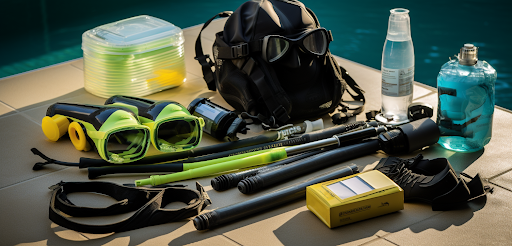
Before I dive deeper into the world of swimming endurance, here are some equipment that can give you an edge. While you might think that swimming only requires a swimsuit and goggles, there are a few additional tools that can help boost your endurance.
1. Swim Fins
Swim fins are a fantastic addition to your training gear. They help you work on your leg strength and kick technique, allowing you to propel yourself through the water more efficiently. For beginners, they can make long-distance swimming feel more manageable by providing extra propulsion. When using swim fins, focus on maintaining proper technique.
The added speed shouldn’t come at the expense of your form. As you become more proficient, you can gradually reduce your reliance on fins to challenge yourself further.
2. Pull Buoys
Pull buoys are flotation devices that you place between your legs while swimming. They help isolate your upper body, forcing you to rely on your arms and core for propulsion. This not only strengthens your upper body but also improves your endurance , as you’ll need to work harder with your arms.
Incorporate pull buoy drills into your workouts to target your upper body and improve your swimming efficiency. Over time, you’ll notice an increase in your overall endurance, especially during freestyle and other arm-intensive strokes.
3. Paddles
Swimming paddles are flat, plastic devices that you attach to your hands. They increase resistance in the water, making your strokes more challenging. While they might seem intimidating for beginners, they are excellent for building upper body strength and endurance.
Start with smaller paddles and gradually move up to larger ones as your strength and technique improve. Paddles can be a valuable tool for diversifying your training and pushing your boundaries.
Nutrition for Improved Swimming Endurance
Building endurance isn’t just about what you do in the pool; it’s also about what you put into your body. Proper nutrition plays a vital role in enhancing your swimming performance and endurance.
1. Hydration
Staying hydrated is paramount for swimmers. Dehydration can lead to decreased performance and an increased risk of cramps and fatigue. Ensure you drink enough water throughout the day and have a water bottle poolside to sip between laps.
For longer swim sessions, consider sports drinks that provide electrolytes to replenish what you lose through sweating. Electrolytes help maintain muscle function and keep you feeling energized.
2. Balanced Diet
A well-balanced diet is essential for sustained energy during your swim workouts. Focus on a mix of carbohydrates, proteins, and healthy fats. Carbs provide quick energy, while proteins aid in muscle recovery and growth.
Healthy fats contribute to overall energy and endurance. Snack on foods like bananas, whole-grain toast, and yogurt before your swim to provide a steady source of energy. After your workout, opt for a balanced meal that includes lean proteins, vegetables, and complex carbohydrates.
3. Timing Matters
When you eat can impact your swimming performance. Avoid heavy meals right before swimming, as they can lead to discomfort in the water. Aim to eat a light meal or snack about 1-2 hours before your swim session to ensure you have enough energy without feeling weighed down.
Additionally, post-workout nutrition is crucial for recovery. Consuming a combination of protein and carbs within 30 minutes of finishing your swim helps your muscles repair and refuels your energy stores.
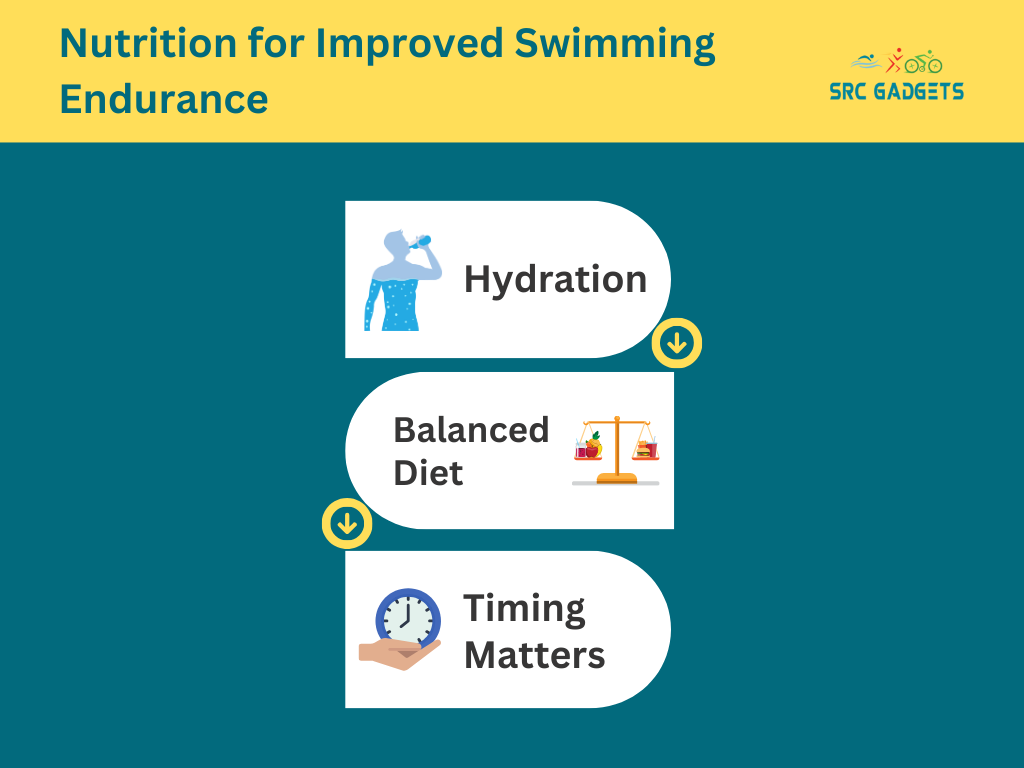
Overcoming Common Challenges
As a beginner looking to improve swimming endurance, you may encounter some common challenges. Here are a few.
1. Breathing
Proper breathing technique is key to endurance. Many beginners struggle with rhythmic breathing, which can lead to fatigue. Practice exhaling underwater and inhaling when your head is above the surface. It might take time to get the hang of it, but consistent practice will pay off.
2. Patience
Building endurance is a gradual process. Don’t get discouraged if you don’t see immediate results. Keep a log of your workouts and track your progress. Celebrate small victories along the way, like swimming an extra lap or reducing your rest time.
3. Consistency
Consistency is the secret sauce to endurance improvement. Make swimming a regular part of your routine. Whether you swim three times a week or more, stick to your schedule. The more you practice, the better your endurance will become.
Conclusion
In conclusion, improving swimming endurance for beginners is a journey that combines technique, training, nutrition, and determination. By understanding the importance of endurance, mastering fundamental techniques, implementing effective training strategies, using the right equipment, and fueling your body with proper nutrition, you’ll set yourself up for success in the pool. Remember that building endurance takes time, so be patient with yourself.
Keep challenging yourself and celebrate your progress along the way. Swim longer distances with ease and enjoy every moment in the pool with dedication and consistent effort.
So, dive in, keep pushing your limits, and embrace the wonderful world of swimming endurance. Your journey to becoming a stronger, more confident swimmer starts now!
